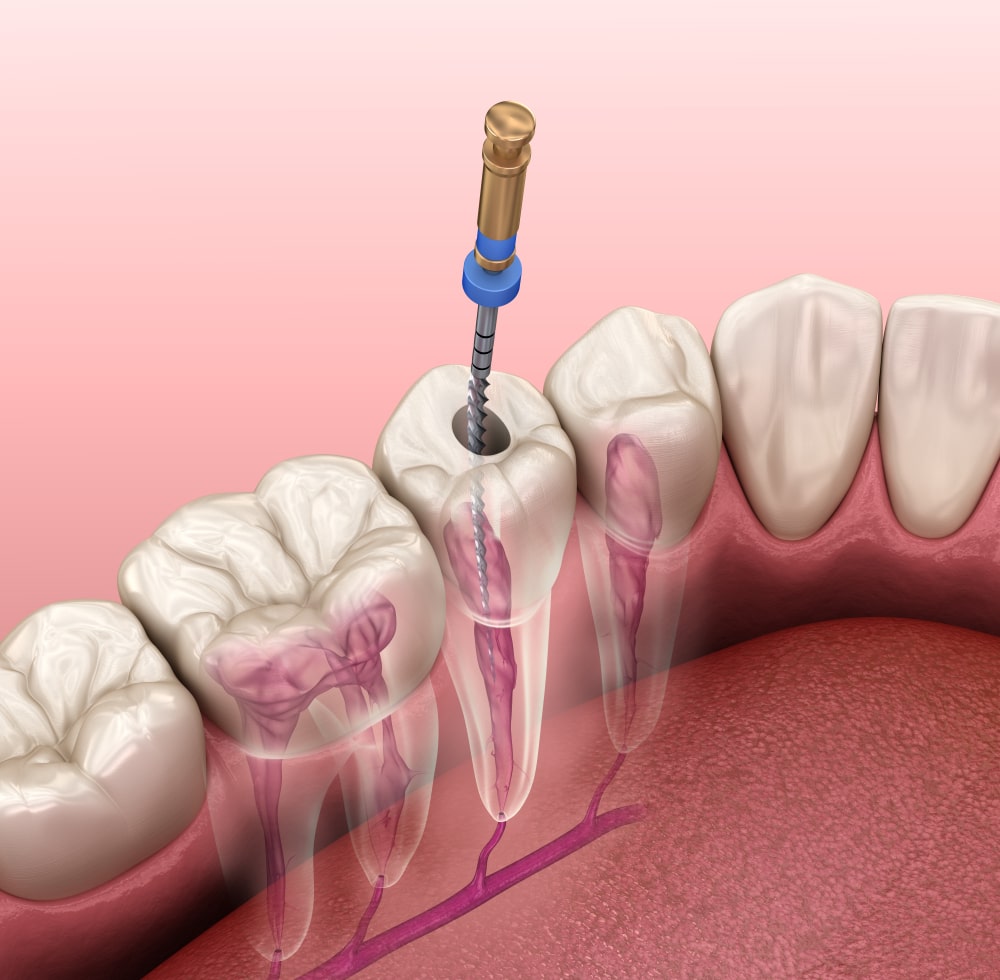Dental abscesses, often described as ticking time bombs of pain within the mouth, can turn an ordinary day into an unbearable experience. These pus-filled infections occur when bacteria gain access to the deep parts of the tooth and gum, leading to pain, swelling, and a host of other symptoms. Understanding dental abscesses and knowing how to handle them can significantly mitigate their impact on your life. This blog post delves into the causes, symptoms, and treatment options for dental abscesses, along with practical advice for those suffering from this painful condition.
The Underlying Causes of Dental Abscesses
Dental abscesses arise from bacterial infections that have reached the innermost part of the tooth, known as the dental pulp. This can occur through:
- Cavities that penetrate through the layers of the teeth
- Injuries that expose the tooth’s pulp
- Gum disease, leading to periodontal abscesses
These scenarios create a breeding ground for bacteria, eventually resulting in the formation of an abscess.
Symptoms to Watch For
The hallmark of a dental abscess is a severe, persistent toothache with a throbbing or sharp quality. However, other symptoms may include:
- Swelling in the face or cheek
- Fever and general unwellness
- Sensitivity to hot or cold temperatures and chewing
- A foul taste in the mouth or bad breath
- Swollen lymph nodes under the jaw or in the neck
Immediate Steps to Take
Upon suspecting a dental abscess, taking immediate action is vital:
- Contact a Dentist: Dental abscesses require professional treatment; delaying can lead to the spread of the infection.
- Pain Management: Over-the-counter pain relievers like ibuprofen can alleviate pain but consult your dentist for recommendations specific to your situation.
- Rinse with Warm Salt Water: This can help draw pus to the surface and slightly alleviate pain.
Professional Treatment Options
Treatment for a dental abscess focuses on eliminating the infection and preventing its recurrence:
Draining the Abscess:
A dentist may make a small incision to allow the pus to drain, which immediately relieves some of the pain.

Root Canal Therapy:
This procedure saves the infected tooth by removing the infected pulp, cleaning the root canals, and sealing the tooth.
Tooth Extraction:
In cases where the tooth cannot be saved, extraction may be necessary to remove the source of infection.
Antibiotics:
While not always necessary, antibiotics are prescribed if the infection has spread significantly or if the patient is immunocompromised.
Prevention: The Best Treatment
Preventing dental abscesses is key and revolves around maintaining excellent oral hygiene:
- Brush twice a day with fluoride toothpaste.
- Floss daily to remove plaque between teeth.
- Visit your dentist regularly for check-ups and cleanings.
- Limit sugary foods and drinks which can contribute to cavity formation.
Conclusion
A dental abscess is more than just a toothache; it’s a dental emergency that requires immediate attention. Recognizing the symptoms early and understanding how to respond can make a significant difference in outcomes. By following the steps outlined in this guide and committing to preventive care, you can protect yourself from the pain and complications associated with dental abscesses. Remember, when it comes to abscesses, the best defense is a good offense consisting of diligent oral hygiene and regular dental check-ups.

Dr. Snehlata Kulhari completed her Bachelors of Dental Surgery (BDS) at Government Dental College in Punjab, India and her Doctor of Dental Medicine (DMD) degree at the Henry M. Goldman School of Dental Medicine in Boston. She has been practicing dentistry since 2011 and has founded Smile Mantra Family Dentistry to provide dental care and education to the community of Cary, NC. Dr. Kulhari stays up to date on the latest dental research and advancements in order to offer her patients exceptional dental care.



